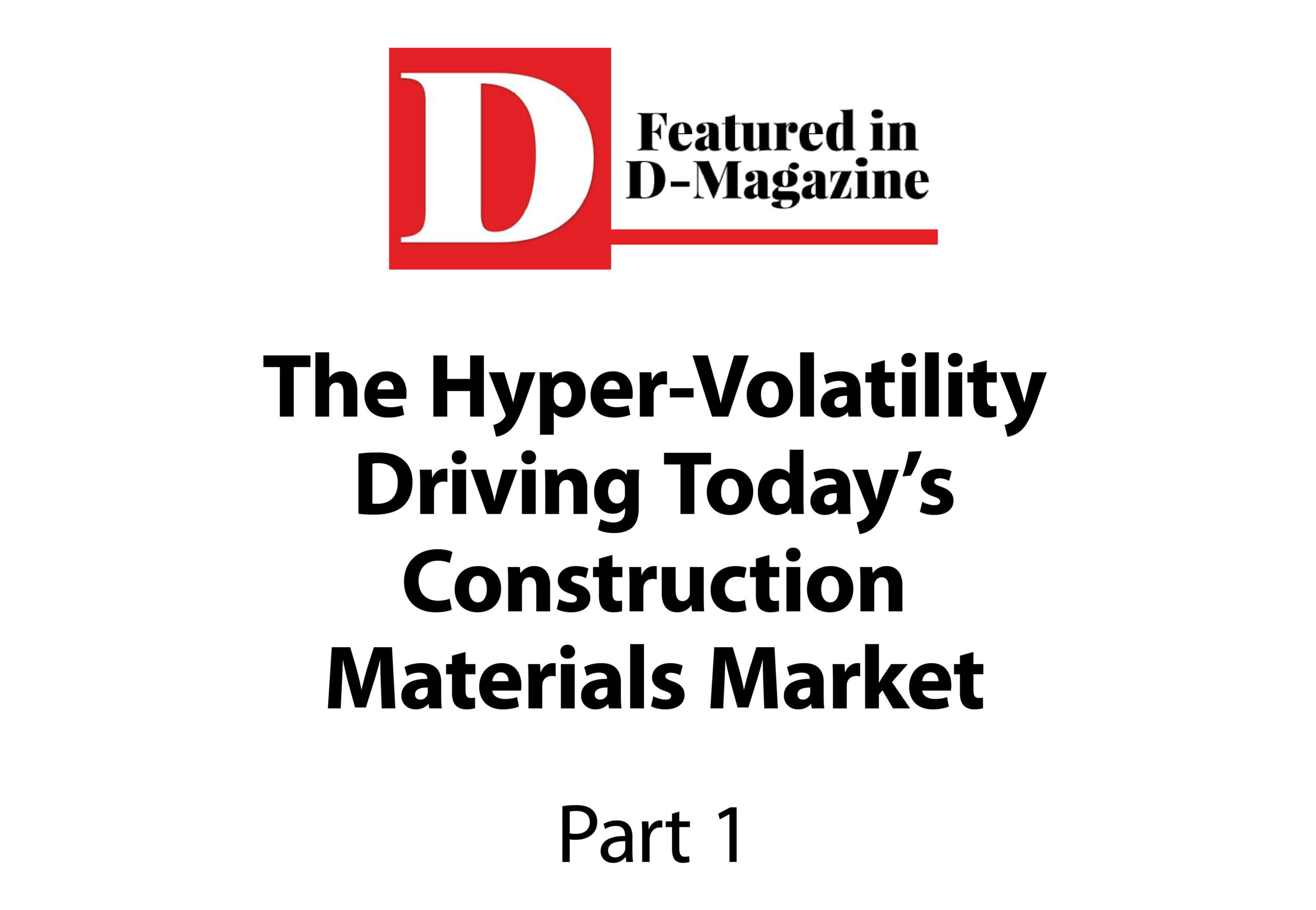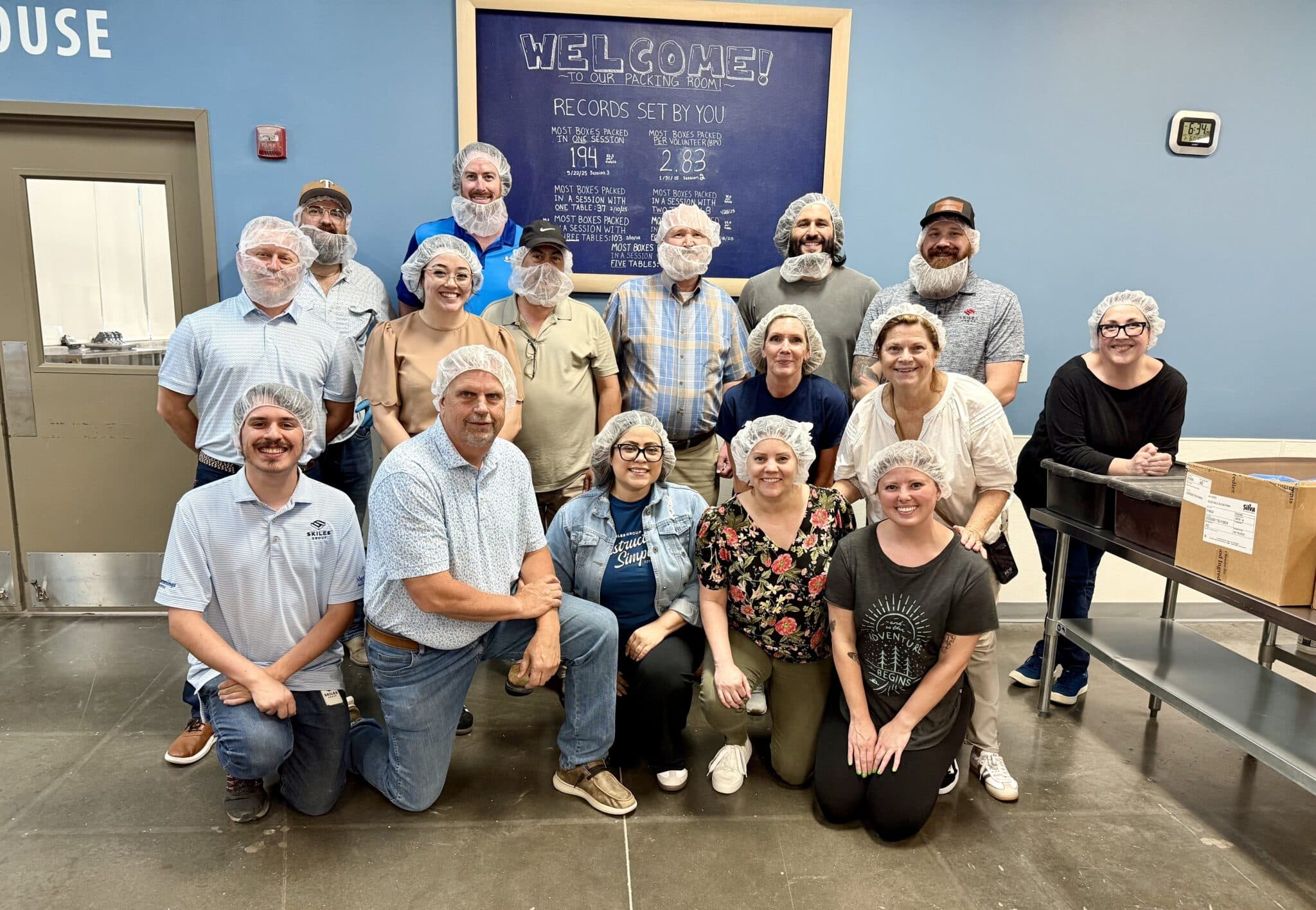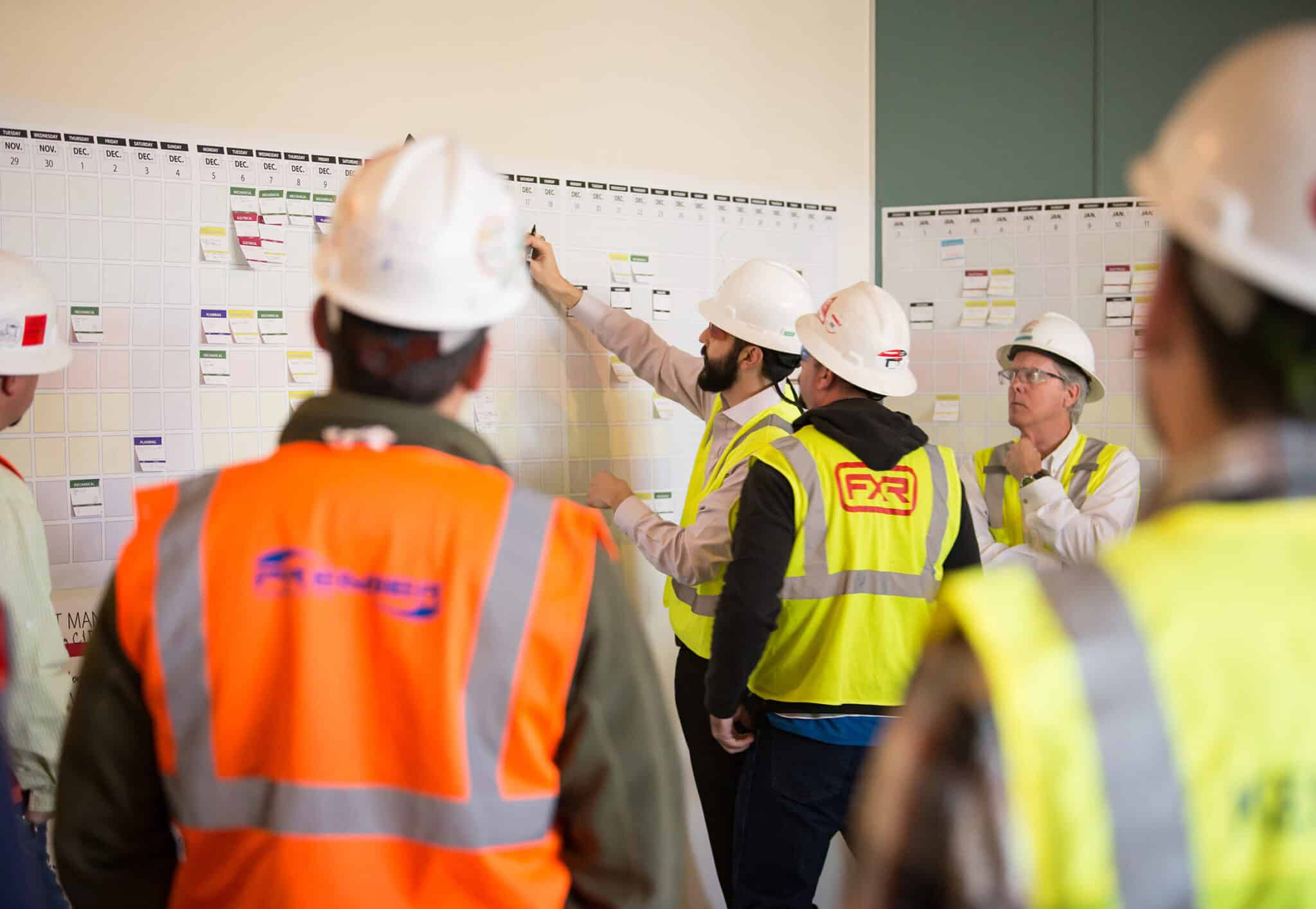This conversation may not reveal things we want to hear, but instead, things we need to hear. The more we can inform our clients, the better off we’re all going to be. So, the hopeful purpose of this talk is for all of us to better understand what is going on with the hyper-volatility driving today’s construction materials.
I feel like the big-ticket items—drywall framing, structural steel, mechanical plumbing, and concrete—will give us a good look at why things are currently so complex and maybe get an idea of what we can expect to happen as we roll toward 2022.
ZANDY: What kind of escalations are you currently seeing in the cost of building materials?
GARRETT: We’ve absolutely seen huge increases in prices for steel materials. From August 2020 to today, tube increases are up about 160 percent, plates are up around 140 percent, and wide flanges are up about 70 percent. Joist and deck are much worse—deck pricing has increased 300 percent, and joists have increased roughly 400 percent.
ZANDY: What kind of escalations are you currently seeing in the cost of building materials?
MAY: Concrete prices are also on the rise, but the biggest impact we’ve seen is steel in terms of rebar. Our suppliers are only guaranteeing pricing for 15 days—and we’ve recently seen situations where the price we had one week is outdated the next. We’ll put together a bid and submit it to a GC, but by the time they submit to the owner, that pricing is no good. That has been tough on us because it’s constantly changing.
PRESSLEY: We see a lot of steel in many of our proposals and packages. Everything that touches walls in the commercial industry—exterior and interior, both nonstructural and structural—is typically constructed with metal stud framing. So, I do think steel is what’s driving a lot of these costs increases, and now the gypsum market has started to follow—not as frequently and not as much, but prices have been going up. These had been very stable for a very long time. To provide some perspective, we have seen 12 consecutive monthly price increases from the metal manufacturers—between 10-15 percent each month since October 2020—and it is forecasting that this trend will continue through the end of 2021.
FULTZ: We see escalations across the board. For example, copper is changing weekly and monthly, sometimes even daily. So far, it’s up roughly 43 percent from where we were in 2020. What’s odd is that you usually would see a natural progression of prices going up and then coming back down with respect to futures for copper commodities. But now they’re just continuing to go up. We’ve had input from our suppliers, and they’re getting information from their manufacturers; unfortunately, we’re projecting that the next quarter’s increase will probably be another 20-30 percent.
ZANDY: So, why is all of this happening? It’s convenient to blame the pandemic, but I don’t think this is just because of Covid across the board. It seems like there are layers of complexity.
PRESSLEY: That’s the million-dollar question. In our conversations with the largest stud and track steel manufacturers in the country, we have not been able to get a solid answer as to why, but Covid’s impact can’t be denied. Lots of manufacturing facilities slowed down during the pandemic and then came back online with phased capacities. I don’t think we’ve come back to the production we had in Q1 of 2020, and now inventory is way down. Like rolled coil, for example. There is no coil that’s just sitting and waiting in a stockyard. Inventories have been eaten up, and raw materials have been slow to come back to the manufacturers for production. We have a heavy focus right now on domestic products, mostly due to the impact the tariffs have had with getting material from other countries into the United States. Imports have slowed due to the high tariff costs, and this has compounded the issue of material availability.
FULTZ: And a lot of countries shut manufacturing and production down completely. They’re still working on getting factories back up and running. Then, outside of manufacturing, there are the countries where we procure commodities. Back to my example of copper, which mostly comes from Chile and Peru—South America is still in the middle of the pandemic, which creates tremendous disruptions in mining that stresses the supply chain. Additionally, it’s a lot harder to get our hands on international products due to import/export disruptions. Weather is another significant factor. Last year, the hurricanes that hit the coast destroyed several plants that manufacture resin to make plastic pipes, and they’re rebuilding. And we all remember “snowpocalypse” in February—we’re months down the road, but we’re still recovering. We have damaged factories, and insurance adjusters are struggling to keep up with the volume of claims. Those repair projects are ongoing, and these have generated mass orders for materials…which brings us right back to the problems with the supply chain.
ZANDY: And it created shortages for things we don’t usually think about, like plants. With deep freezes this past spring, fires in the West, and trucking issues. So many things that have been tangled up and layered on top of each other.
PRESSLEY: I learned that a lot of adhesive that was online in storage was ruined due to storm-related factors. That killed a lot of inventory that manufacturers had, so now we have a severe shortage of adhesives. When you think about the type of products that adhesives go into? It’s just about everything that touches construction.
MAY: The storm impacted concrete batch plants around the DFW area; many were not prepared for the extended cold weather. The loss of a key kiln in Midlothian, coupled with the increased demand for cement, put a big strain on concrete supply. Supply and demand are intense, especially with the increase in homebuilding.
ZANDY: Let’s dig deeper into the supply chain and talk about the role that the labor shortage is playing. FULTZ: The single-family housing market has gone crazy, and that’s another piece to this puzzle. For example, we have a PVC manufacturer that has virtually stopped producing six-inch PVC piping because they’re attempting to catch up on their orders, which are four-inch and two-inch. The supply chain model for this manufacturer has shifted to accommodate the housing market boom, and now their production is oriented to meet this demand.
GARRETT: This is worse than it was before Covid. We’re experiencing labor shortages in every field. It’s not just the fabrication or the construction; it’s the scrap side and everything else for structural steel. Even in procuring the raw material—there are labor shortages in mining, at the initial factories where it gets roll-pressed, and in shipping. At every step along the supply chain, they’re talking about a shortage of labor.
PRESSLEY: Shipping is noticeably down right now, and it’s across the board—getting materials from where they have been shipped to where they are manufactured and then also getting those commodities to the job sites. The labor shortages have played a big role in the shipping and transportation of products, which has added stress to the already long lead times on products.
GARRETT: Hiring is a big issue—in fact, we recently hired an internal recruiter just to work on this for us. Before the pandemic, we were trying to ramp up from 5,000 man hours a week to 7,000. It takes time to sell enough products to get up to that number, but now we’re also slowed by the number of people we can hire in the marketplace. We have not been able to grow our man hours at all. But I don’t think this is just an issue in structural steel fabrication; I think it’s a problem in all industries.
MAY: We have a small fleet of our own trucks and drivers, and we still see some challenges there, getting enough drivers in seats. Our suppliers are telling me they’re having the same problem.
FULTZ: There are cascading, downstream effects from this that you wouldn’t anticipate until you start to experience them. We’re seeing quality issues on raw material coming from manufacturers, on things like pipe valves and fittings. I’ve never heard of this before. Now, part of the overall process is communicating this back to our wholesaler and eventually the manufacturer. This feedback loop creates more complexity in the overall supply chain that we must address—on top of doing our best to forecast.
See this article on D Magazine here: https://www.dmagazine.com/commercial-real-estate/2021/08/the-hyper-volatility-driving-todays-construction-materials/




